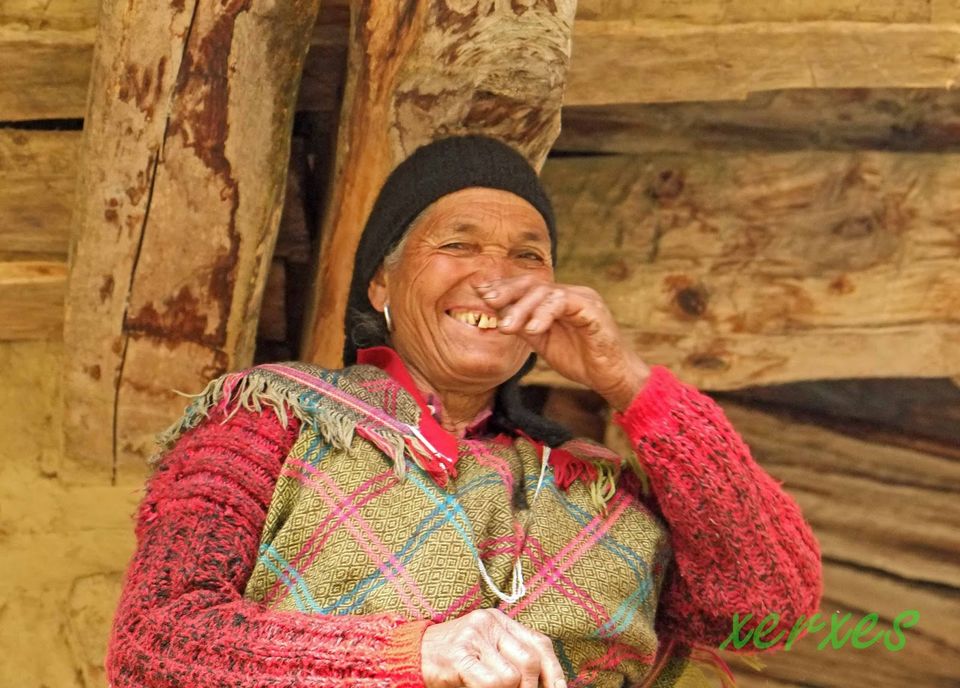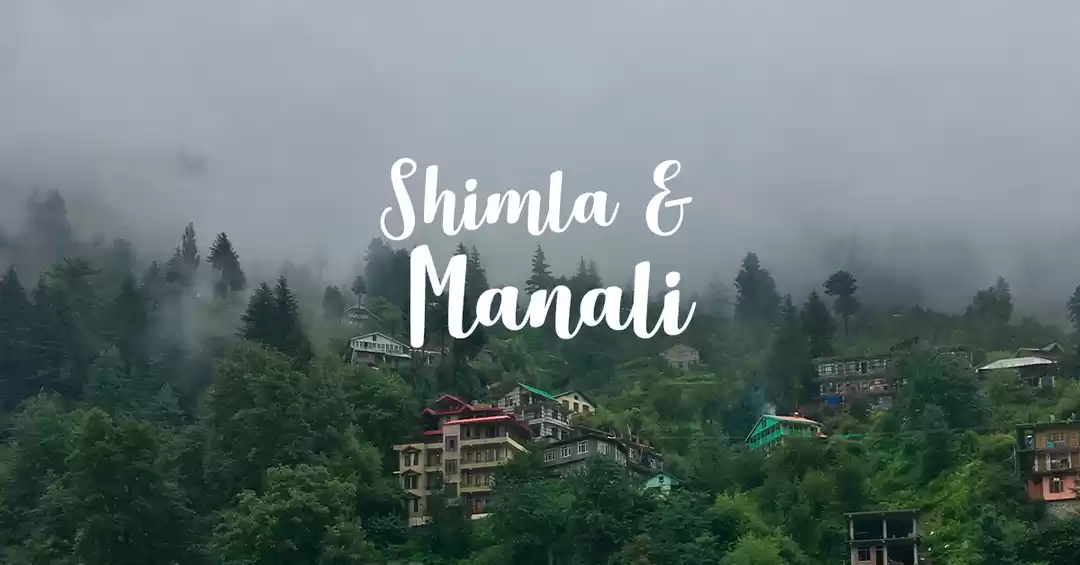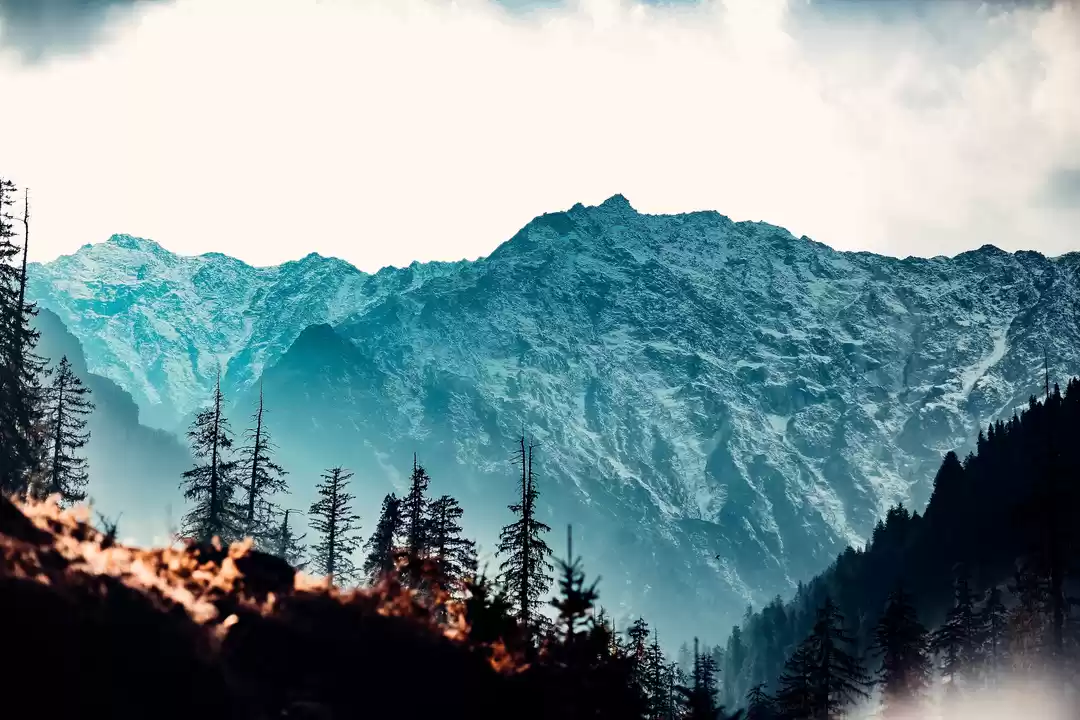Twenty years ago when Chatri Devi and her husband built a clay and wood house in the Great Himalayan National Park, neither could foresee that in few decades Devi would become the only remaining human resident in the entire valley.
The Great Himalayan National Park (GHNP) is spread across a massive 1,171 square kilometre and gives shelter to more than 375 species of fauna, 31 species of animals (such as the Blue Sheep, Snow Leopard, Himalayan Tahr and the Brown Bear) and 181 species of birds. Along with being a national treasure, the GHNP is also a UNESCO World Heritage Site.
The area was given the status of a national park in 1984, but it was only in 1999 that villages settled on the premises were relocated to a buffer area situated 4km from their then location. Devi and her family was amongst the people who had to leave their homes for a safer settlement in the outskirts. But as everyone agreed to the government orders, Devi refused to leave.
“If the park authorities want to relocate me, it will be possible only after my death."
This was one of the statements Devi gave to an IANS reporter who interviewed her last year. Now 83 years old, Devi's day starts as early as 5am and ends by 10pm. She might be the only remaining human resident of GHNP but Devi is not without family. She has three married sons and nine grandchildren, all of whom live outside the park roughly 1.5 hours away.

The clay and wood hutment of Devi has no electricity and phone connectivity. So to stay in touch, her family members visit her everyday. She said,
“One of my family members normally comes daily these days before sunset to enquire about my well-being and goes back the next morning."
But visitors or not, Devi is never lonesome as she finds company in other interesting residents of the Great Himalayan National Park.

“These birds and animals are also a part of my family. Every winter ‘jujuranas’ or Western Tragopans and gorals descend here. So I enjoy watching them. Leopards and black bears do come near to my house, even with their cubs, but they never attacked me as I am not their prey. Why should I be afraid of them? They go on their way."
At 83, Devi lives as an embodiment of an era that is now unimaginable to most of us; a time when humans and nature existed in complete harmony with each other, when there was a respectable balance between elements of the wild and civilisation.
Despite being approached feverishly by park authorities to evacuate the property, Devi remains undeterred, harking back to the emotional value the house holds for her.
“It’s really sad that the park officials are forcing me to move out of the place where I spent almost my entire life. This house was built by my husband more than 20 years ago. If the park authorities want to relocate me, it will be possible only after my death."

If you are interested in visiting Devi, then trek along the Tirthan River for 8km after entering the park or just ask the authorities to point you in the direction of the only surviving resident of the Great Himalayan National Park.
More on exploring the Great Himalayan National Park
The Great Himalayan National Park is home to several fables, legends and local narratives. The place holds great cultural and religious relevance to the native people, and the region has also been mentioned in the epic of Mahabharata.
There are many ways you can set out on an exploration of the national park, but the best would be on foot. Here are some popular and beautiful trails to get you started.
Sainj Valley: Neuli – Shakti – Lower Meadow Bridge in Homkhani Forest – Shakti
Sainj to Tirthan Valley: Neuli – Shakti – Dehl – Guntrao – Shilt – Gushaini
Gushaini to Parvati Valley: Neuli – Bhagi Kashahri – Subli – Dwada – Chippi – Pulga
Crossing into Pin Valley: Shamshi – Barsheni – Kheerganga – Tunda Bridge – Thakur Kuan – Mantalai – Tariya – Mud – Kaza
Check out the experiences real travellers have had in the Great Himalayan National Park here.





































